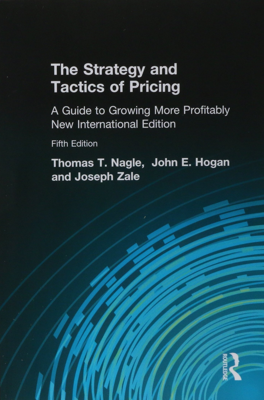Price Structure
Strategic pricing can significantly enhance a company's profitability through segmented price structures tailored to various customer segments, capturing the optimal value based on customers' varying perceptive values and cost to serve. This chapter outlines key strategies to achieve profitable pricing across diverse market segments.
Tactics for Pricing Differently Across Segments
Different customer segments have diverse abilities to pay, preferences, and intended uses which may vary significantly. This variation can be captured through differentiated pricing strategies rather than a single unvaried price. Utilizing segmented pricing avoids overcharging some consumers who might be priced out of the market, and undercharging others who would willingly pay more. Such a strategic approach typically results in maximizing both revenue and profit by catering to the specific value perceived by different segments.
Techniques for Implementing Segmented Pricing
Price-Offer Configuration: The price offer is tailored based on the difference in value derived by various segments from the features or services included in an offer. This aiding in market segmentation with minimum enforcement efforts as buyers self-select based on the composition of the offer best suited to their perceived value.
Price Metrics: Price metrics help in defining the terms of an exchange and should ideally correlate well with the value delivered to and perceived by different customer segments. Effective price metrics are instrumental in aligning pricing with the benefits customers derive from a product or service.
Price Fences: These are criteria or hurdles designed to ensure that different prices are maintained for different segments, in situations where the perceived value and cost to serve vary minimally among segments. They are especially useful when tangible differences in product offerings are not feasible.
Real World Examples and Applications
The chapter uses practical examples to illustrate segmented pricing, such as differentiated pricing for railroad tariffs based on cargo type and pricing strategies utilized by corporations like Xerox and airlines. These examples demonstrate how effective segmented pricing strategies capture greater amounts of the consumer surplus by aligning prices more closely with the economic value perceived by different customer segments.
Importance of Creativity and Understanding Market Dynamics
To design an effective price structure, a deep understanding of market dynamics and creative application of pricing strategies are essential. The ultimate goal is to match pricing as closely as possible with the value offered to different segments, thereby maximizing profitability with minimal additional cost.
In conclusion, a strategic approach to pricing, tailored to the multitude of customer needs and their value perceptions, is crucial for enhancing profitability and ensuring long-term business sustainability.
